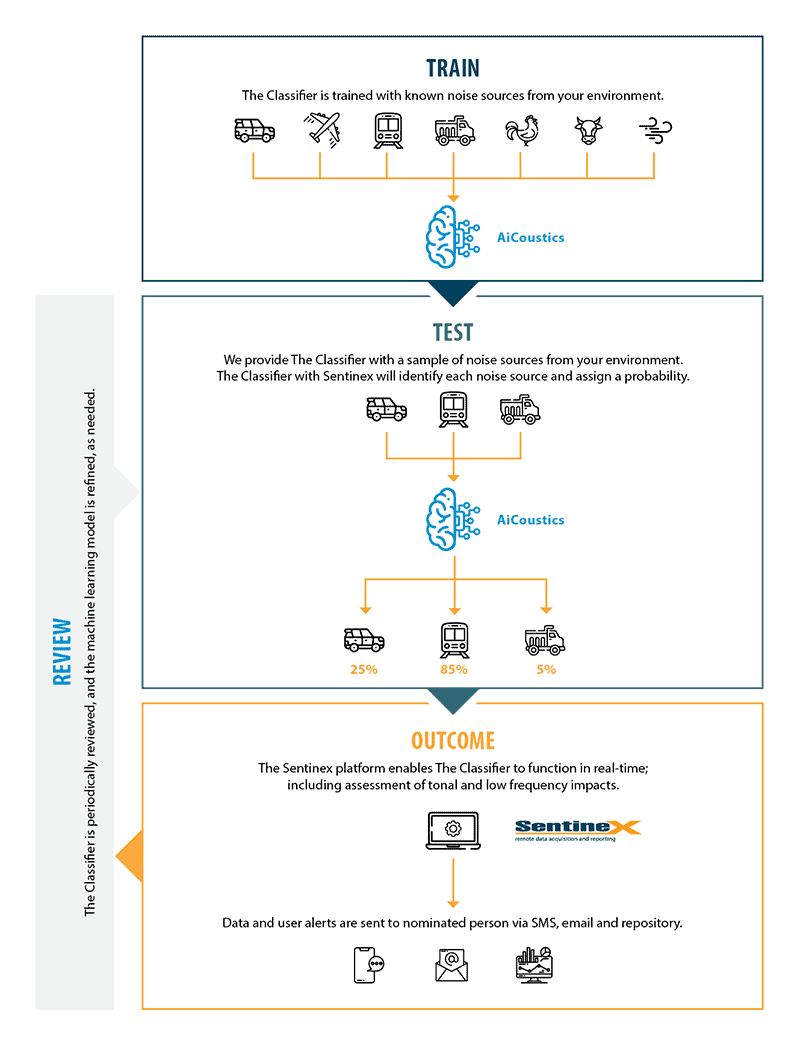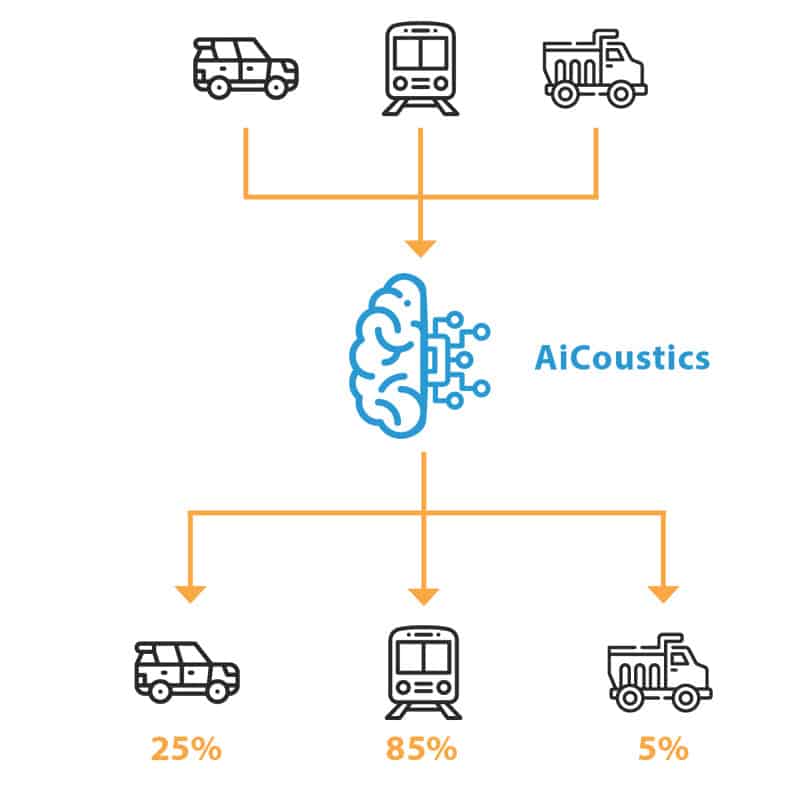By its definition, noise is unwanted sound. While the notion of ‘wanted’ vs ‘unwanted’ varies from person to person, the definition makes it clear that noise is a subset of all of the sounds that we hear. While watching a movie, we may enjoy the sound of the dialogue. If we open a window, the sound of the dialogue may get contaminated with the noise from a nearby roadway. In this sense noise is not a physical quantity, but a human construct.
At the risk of straying too far from the traditionally tangible realms of science and engineering, we can write this as a simple equation:
Noise = Sound + Context
While technology has advanced the capabilities of sound level meters and remote logging systems over the last 2 decades, the fundamental output has remained unchanged – a physical measure of how much sound there is. A modern-day Bluetooth enabled multichannel analyser will not tell you any more about noise than a non-integrating analogue instrument from 1972. Neither can tell you anything particularly useful about context. Both require a human listener to interpret the sound measurement data and make judgements about how much noise there is.
To make this distinction, the human listener requires both a Sound Level Meter (SLM) (or similar instrument) and a cognitive model that helps them interpret the measure of sound and return judgements about components of noise. While it’s generally accepted that human listeners are very good at this:
- The task requires special training;
- They cannot perform this task 24/7;
- They are not always accurate (or two individuals may disagree); and
- Labour cost tends to be expensive.
Embedded computing and machine learning represent an opportunity to model these measurement and cognition systems, operate them around the clock and deploy them into harsh environments.
For many industries, implementing a noise management system (that may include noise surveys, day and night noise mitigation, and some level of noise monitoring) is a complex and costly task – and a non-negotiable commitment of environmental and social licenses.
Advanced systems like SentineX and the QuattroSound directional noise monitoring system have been used to assist businesses to characterise noise sources to understand their origin. These systems acquire data from remote locations, process the results and deliver relevant information to noise managers in real-time. Some noise sources (such as trains or bird noise in otherwise quiet rural environments) exhibit obvious characteristics and can easily be identified and excluded using simple calculation tools. More complex evaluations – including those that require an assessment of different source contributions – typically rely on analysis by trained and skilled operators.
As connected machines, smart analytics and machine learning capture the imagination of the corporate world, foundations are laid for businesses to realise opportunities to improve on current best practice. These foundations will help innovative businesses attract and retain high performing digital natives from the next generation of environmental professionals. While reduced operating costs are widely touted as the key benefit of digital transformation, increased integration between environmental and business management systems and improved risk management are among the triple-bottom-line opportunities on offer. In noise management, this means more reliable real-time monitoring feedbacks and more accessible, higher utility data archives.
The Advitech Group has invested heavily in research and development looking at ways in which machine learning frameworks can be used to automate environmental noise source classification to support businesses to make more informed decisions in real-time. The final solution, named ‘The Classifier’, is a software application that runs in real-time onboard a SentineX noise monitoring system to provide real-time noise source classification and feed predictions into the real-time alarm logic.
The Classifier is a supervised machine learning model that can be trained for your noise environment to output noise source classifications that help exclude extraneous noise and resolve the contributions from target noise sources in complex noise environments. When used in conjunction with data characterisation analyses, SentineX can be used to identify tonal and other potentially annoying noise characters, and apply adjustments to data feedbacks in real-time. Cooperative use of these analytics ensures important compliance risks are not overlooked, or that penalties associated with non-target sources are not unnecessarily applied.

The benefits The Classifier can provide include:
- Less human resources devoted to noise source analysis, freeing up time to focus on operational control
- Optimizing existing arithmetic source attribution methods, minimising false-positive identifications
- Less downtime for managing noise sources that are out of your control, providing an opportunity to reduce lost production
With typical classification accuracies exceeding 90%, predictions are repeatable and can operate 24/7. This exceeds current benchmarks for accepted best practice, which are typically labour intensive, rely on skilled judgements of trained operators and difficult to operate around the clock.
Already distributed to mines across Australia, we see The Classifier as a tool that can assist industries such as rail, aviation, construction and mining to achieve compliance, reduce operational costs and increase site productivity through avoiding unnecessary site shutdowns.
If you would like to learn how machine learning can assist your business in noise source classification, speak with our Environmental Acoustics team on +61 2 4924 5460.
